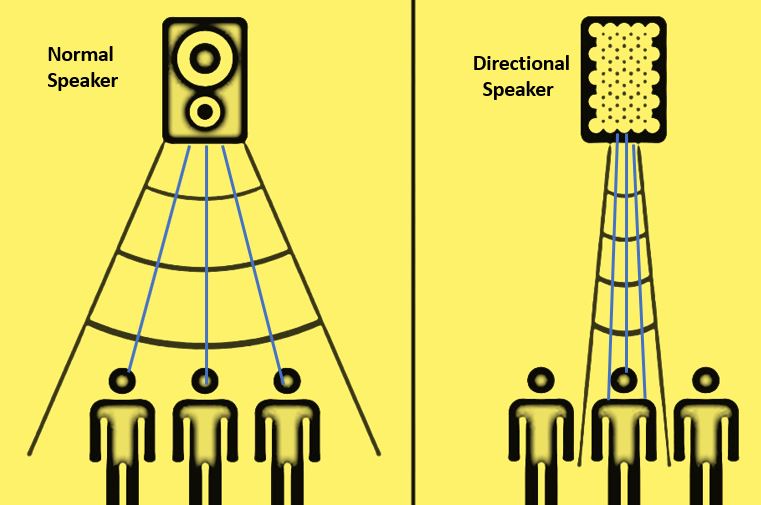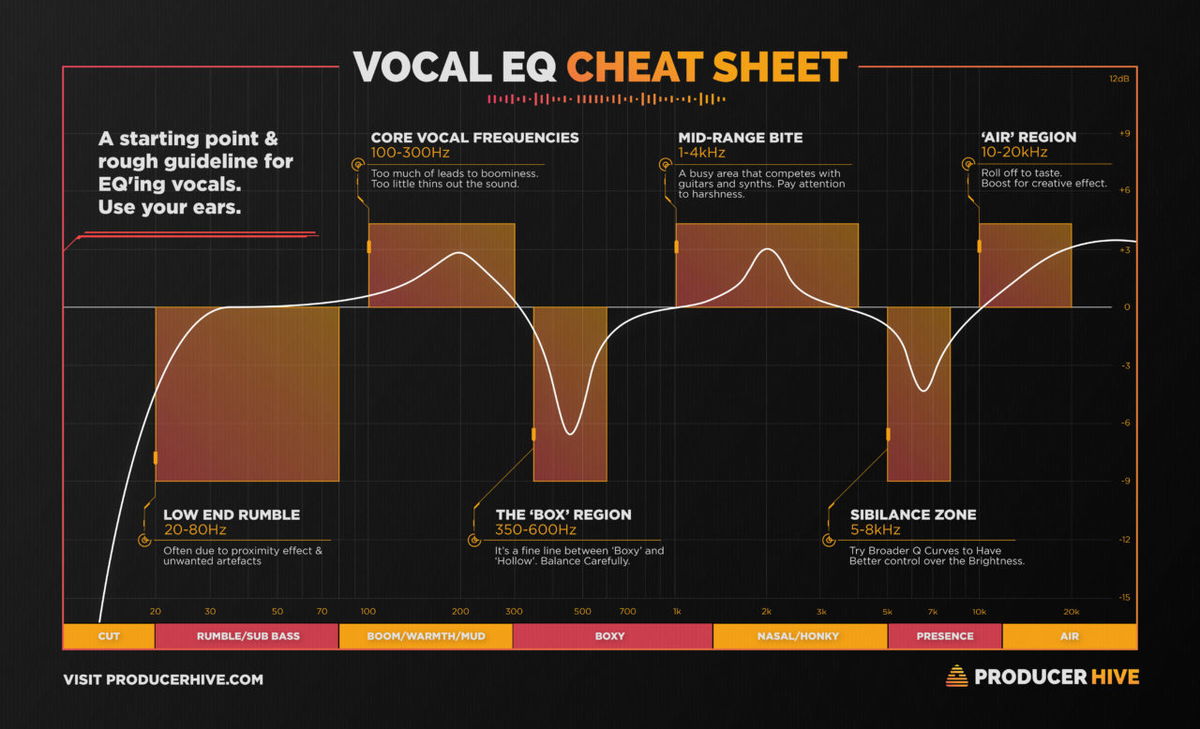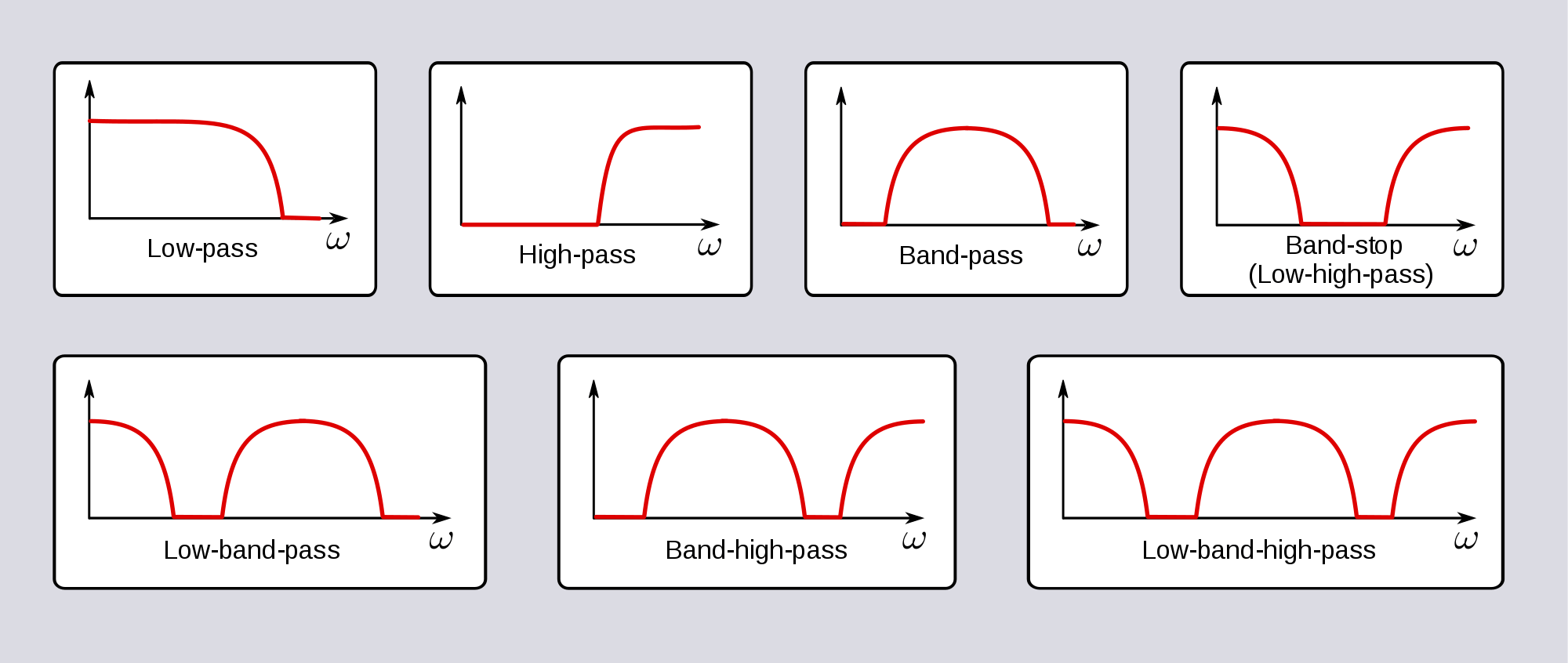Sound Design - Microphone Types and EQ
The difference between dynamic and condenser microphones is that dynamic mics use a diaphragm, voice coil, and magnet to pick up sound waves and convert them into electrical signals. Whereas condenser mics use an electrically-charged diaphragm, which vibrates, and an electrical signal is generated proportional to the sound/vibration.
A shotgun microphone is helpful in capturing sounds that come from a distance as they have a long reach and a narrow pickup pattern.
Dynamic microphones are capable of handling high sound pressure levels which makes them ideal for recording loud sounds or to use in a live setting where there is a lot of noise. They also have a wider pickup pattern and do not require a power source/wire to work.
EQ stands for equalization, which is intended to manipulate the frequency content of the recordings and help all of the audio elements work together smoothly without any disturbances.
Musical instruments have different timbres. Some emphasize overtones more than others, which results in varied timbres which can make the audio sound not as harmonic and in-sync as it is supposed to be. EQ helps us balance out all of the different timbres and produce a smooth recording.
Sound masking occurs when one sound is affected by the presence of another sound. The threshold of hearing for one sound is affected by the presence of another sound. So in recordings with multiple sounds, the louder sounds (like heavy percussion, and loud music) can mask smaller noises (like human speech, low-sounding instruments like flutes, etc.)
Audio filters are designed to amplify a certain range of frequency components. Filters help eliminate the unwanted noise from the audio signal and improve the tone of the output audio.
Additive equalization uses active gain to the sound and it refers to the process of boosting frequencies. Subtractive EQ is the process of attenuating unwanted frequencies and toning down the audio.
Types of Microphones and EQ video:
sound credits to: bensound.com










Comments
Post a Comment